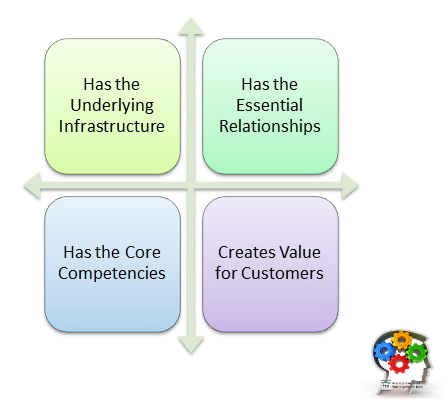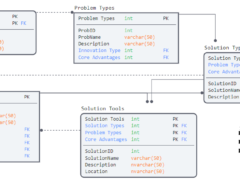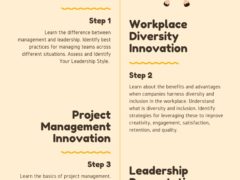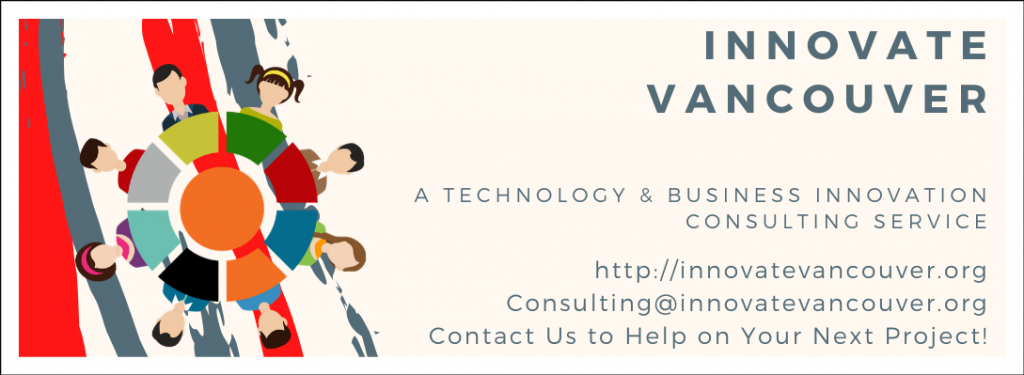[youtube=https://youtu.be/LQH8hSzWbeU]
The risks of empire building are not always clear, particularly within the organization. The ability to introduce continual changes is not the same thing as introducing iterative or additive changes that add value or build upon existing competencies. Empire building is the technical sense often occurs when the underlying infrastructure, relationships, and competencies are absent. The result is growth in name only as organizations face deteriorations in accountability, alignment, and transparency.
Symptoms of Empire Building
Symptoms of hollow Empire Building are easily recognized by an outsider but often difficult to diagnose internally:
- Frequent Job Title Changes without Adding Responsibility or Quality
- Change Management Initiatives are Emphasized while Previous Performance Requirements Deteriorate and go Unnoticed
- Acquisitions and Mergers that do not build on the Business’ Core Competencies
- Strategic Planning Processes that Emphasize Growth and not Excellence
- Organization/Department Changes that are Immediately Reversed once the Foundational Elements are Found Missing
- Progress Emphasizes Vanity Metrics instead of Tracked, Analyzed, & Reported Data
- Solutions to Existing Performance Issues is Conducted without Stakeholder Consultation
- Diversification into Random and Unrelated Areas as Mission Based Areas Experience Entropy
Meaningful Growth Initiatives
Meaningful growth involves building upon existing competencies, skills, and resources in the pursuit of added value. The pursuit of ‘additional value’ that lacks these foundational elements is at best replacing it (standing still) and at worse taking two steps backwards as the organization shifts to lower performance tiers.

• Ineffective Example: Expansion into service lines and areas that emphasize similar customer demographics but fail to give products/services that actually address the customers’ problem(s).
Solution: The days of business diversification into unrelated areas and industries are a thing of the past. This didn’t work well and often became unwieldy as performance deteriorated across the board. The new normal is diversification into areas that build upon the real (vs perceived) competencies of the business. This means building into related and significantly overlapping areas. This brings with it levels of efficiency in ongoing management of the network as well as the sharing, standardizing, and clarification of standards, resources, and processes.
• Ineffective Example: Modifying the current outdated business model in the pursuit of perceived improvements but failing to consult with the Ministry and internal stakeholders to ensure the assets, technologies, and regulatory requirements support the changes.
Solution: Relationships in this context are more than just having acquaintances or cordial interactions with another business professional. For the purpose of growth and acquisition initiatives must trust, feedback mechanisms, and reliability exist. These support an adaptive and responsive work culture that is necessary for new initiatives (which always involve change) to be successful.
• Ineffective Example: Promotion and expansion of department units & service lines before the  required leadership competencies, trainings, accountability processes, and engagement benchmarks are in place.
required leadership competencies, trainings, accountability processes, and engagement benchmarks are in place.
Solution: As mentioned above it is important that growth and acquisition initiatives emphasize areas the business is already (or willing to become) an expert. The transfer of knowledge and experience helps streamline the on boarding process as well as insure the relationship between units (and enterprises) is symbiotic.
• Ineffective Example: Pursuit of changes that satisfy the ‘loudest voice’ in the business but leave other stakeholders unsatisfied (or wanting more as values previously realized are impacted).
Solution: Pursuing Empire Building initiatives for the sake of self-gratification OR profit is not enough reason to take on the risks. Neither is it enough reason to prove stretching available resources and strain the business’ current capacity. Value must be identified and evaluated based on the customer’s perspective to insure that the forecast for the growth & acquisition project(s) are justified. A system’s thinking approach is crucial to insure that collateral values are not negatively affected.
Evaluating Growth Proposals
Business cultures often reinforce hollow Empire Building. Led from members of the leadership and management teams it becomes particularly difficult to dislodge the behaviours of empire building from the business culture. The following represent just a few mechanisms for dislodging these traits from the business culture:

• Transparency: Involvement and engagement of key stakeholders, sharing of relevant information, and allocation of roles and responsibilities to insure system wide engagement.
• Feedback Mechanisms: Processes, mechanisms, and policies that support an open systems approach to planning, review, and issues resolution.
• Data Based Decision Frameworks: Development of information gathering, evaluation, and reporting mechanisms to insure these insights are incorporated to the iterative planning framework.
The question is not whether growth is a worthy goal or not. The question is whether all growth is beneficial to which we would have to answer a resounding no. Ineffective and poorly designed growth initiatives can be more destructive than protecting a captured market where the products and services are slowly drifting into irrelevance (as competitors take the lead).
How is your business identifying & evaluating growth & acquisition initiatives? Share your comments below.
Travis Barker, MPA GCPM
Innovate Vancouver
[email protected]
http://innovatevancouver.org
http://twitter.com/innovatevan
Innovate Vancouver is a business development & consulting service and technology startup located in Vancouver, BC. Contact Innovate Vancouver to help with your new project. Innovate Vancouver also gives back to the community through business consulting services. Contact us for more details.




